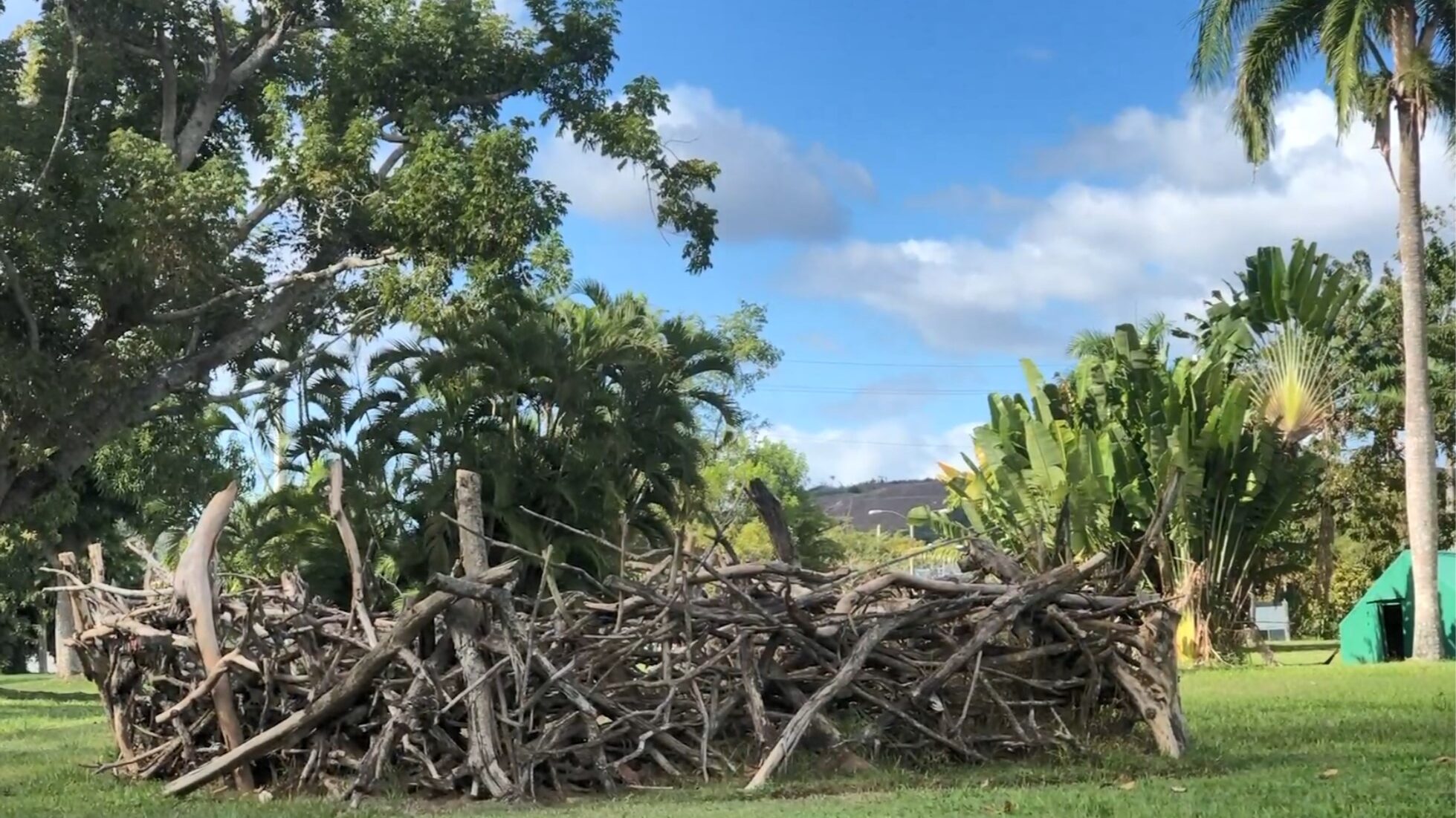Award-winning author and poet Julia Alvarez starts every morning with yoga to feed the body and some poetry to feed the soul. To her, poetry is the purest, most distilled form of language and reading a few stanzas every morning serves as an inspirational boost for her daily practice of writing.
Alvarez’s extensive oeuvre attests to this tenacious writing habit and her published works have motivated countless readers and aspiring writers over the years. This cascade effect of literary inspiration between readers to writers and back to readers surfaced as a recurring theme during Alvarez’s visit to Puerto Rico to kick off the NEA Big Read there.
At dinner on their first night in San Juan, Alvarez and her husband were served by a young waiter named Fernando. Through chatting about what brought them to the island, Alvarez and Fernando discovered that they shared some common literary ground. Fernando had recently come back to Puerto Rico to help his mother with her publishing business, he identified as a writer, and waited tables in the evenings to help pay the bills. Alvarez invited him to her keynote the next day at the university campus, a thirty-minute drive away.
After her keynote concluded, he came on stage and shyly stood by as dignitaries talked and took selfies with Alvarez. When she saw him approach, her face lit up and she later reflected on that moment as the most meaningful highlight of her day, hoping that she had inspired him in a deep and meaningful way.




Alvarez had the opportunity to meet several aspiring student writers at the University—eager individuals wanting to hear her wisdom on subjects ranging from overcoming writer’s block to her methodology of developing a character’s voice. She received original literary works from several audience members and an original work of visual art from the University Chancellor who is determined to integrate more art programs into campus.
Alvarez spoke during her keynote on the importance of reading to stretch muscles of compassion, referencing how readers can experience the worldviews of others through the act of consuming a novel. She implored her audience to engage in the act of storytelling. “Storytelling builds communities by bringing us closer together,” she said; that fact seemed most poignant in Puerto Rico where recovery from Hurricane Maria is still ongoing and the terrors of that storm still fresh in the collective memory. She encouraged all in attendance, particularly writers, to keep writing and share their stories so that readers can experience life from their perspective. In turn, they would gain some motivation to tell their own stories and keep the cycle going.
As our gracious hosts from the languages department, Sylvia and Beatriz, drove us back to the hotel in San Juan, our curiosity got the best of us and Alvarez and I asked them questions about their Hurricane Maria experience from September 2017—the struggles they endured, the adversity they faced, and how rebuilding efforts had progressed. The stories they shared from that difficult time showcased the courage that they and all residents of the island needed to embody in order to survive.
In my mind, I drew a comparison between the courage of the Mirabal sisters chronicled in In the Time of the Butterflies and that of Puerto Ricans who had endured their own hardship—rebuilding their lives after a hurricane. The devastation from the hurricane was widespread. A building that housed the artist-in-residence on campus did not survive the hurricane.

At the site of the old structure stood one of two nest-like sculptures called “Reconstruction” made of fallen branches from the storm—large works of public art by Quintín Rivera Toro, which symbolically represented three things for me.
- First, the role the university played as a protecting and nurturing oasis for the student community in the aftermath of Hurricane Maria by providing shelter, communication, nourishment, and stimulation.
- Second, rebuilding in the literal sense, as many buildings were still being repaired.
- Third, healing. Art, represented in this case with the nest-like sculptures and literature in general, has a way of illuminating a problem, serving as a means to approach topics that can be difficult to unpack.
But art will not solve the problem, only present it. Solutions can then come about through subsequent exchanges of communication. The same holds true for storytelling. With literature and NEA Big Read, an entire community can experience the world from a different lens, talk about important issues, cultivate understanding and empathy, and engage in a process of rebuilding communities both literally and figuratively.
The National Endowment for the Arts Big Read is a national program administered by Arts Midwest that helps communities realize the benefits of reading together. Each year, grants are given to about 75 community reading programs around the country who set up creative events and opportunities for their community to read and discuss one book together. Since 2006, more than 1,600 NEA Big Read programs have taken place in every U.S. state.